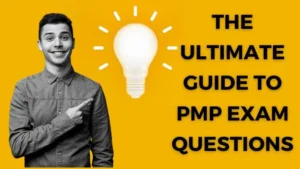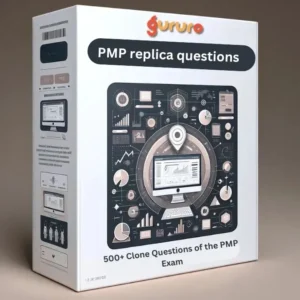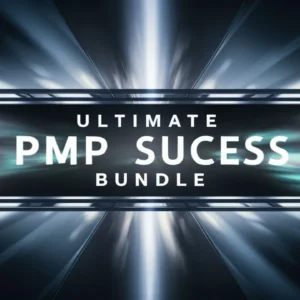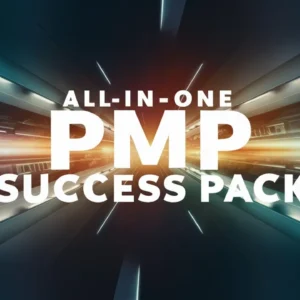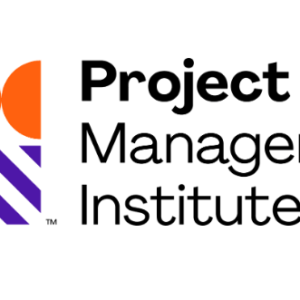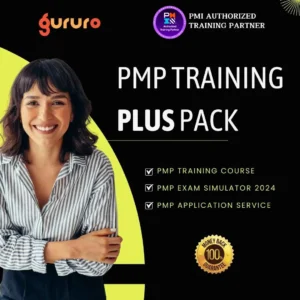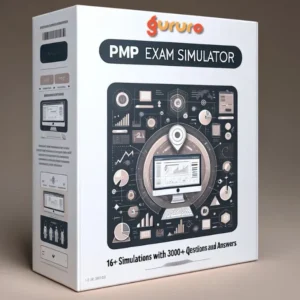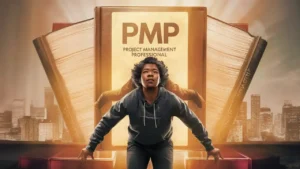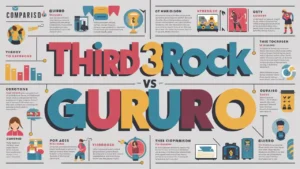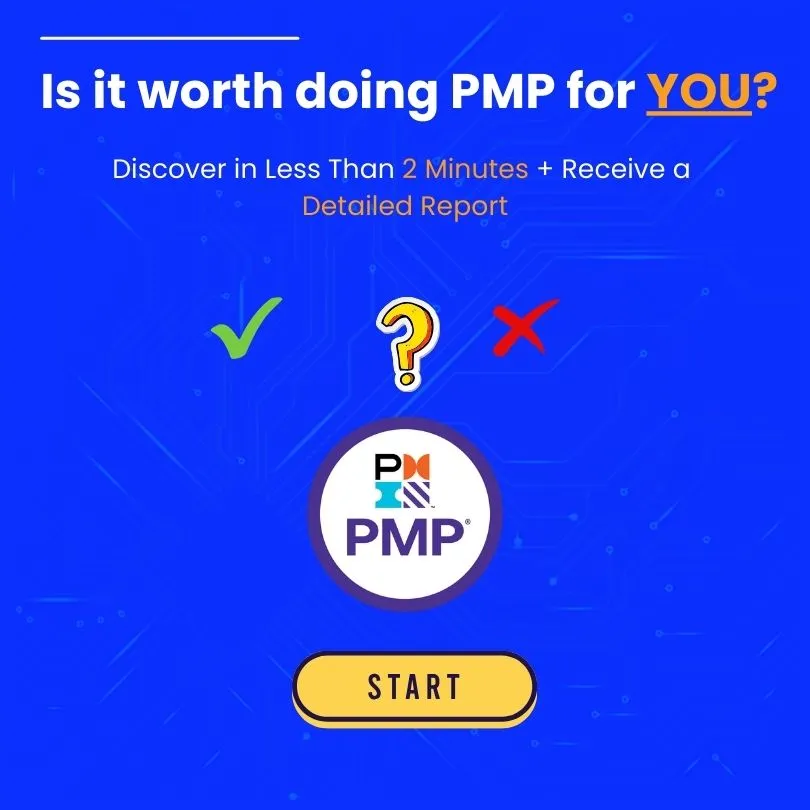If you’re on the journey to earn your Project Management Professional (PMP) certification, one of the most essential components to ensure success is to get familiar with PMP exam questions. Understanding the type, complexity, and structure of the questions can be the difference between passing or failing the exam. This comprehensive guide “The Ultimate Guide to PMP Exam Questions” will give you insights, tips, and resources to help you confidently tackle those questions.
Note: The Project Management Institute (PMI) frequently updates the PMP exam content, so always ensure that you’re referring to the latest edition.
What is the PMP Exam?
The PMP exam is a globally recognized certification test administered by PMI. It evaluates a candidate’s ability to initiate, plan, execute, monitor and control, and close projects, as well as understand the professional responsibility associated with the role of a project manager.
Breakdown of PMP Exam Questions
- People (42%)
- Process (50%)
- Business Environment (8%)
- Multiple Choice: Pick one correct option out of four.
- Matching: Match related items.
- Multiple Response: Choose more than one correct answer.
- Hotspot: Click on a specific area of a graphic.
- Fill in the Blank: Enter the missing information
Tips for Tackling PMP Exam Questions
- Read Each Question Twice: Ensure that you’ve fully understood the question before attempting to answer.
- Eliminate Wrong Answers: Narrowing down the choices increases your odds.
- Use the Process of Elimination: Often, there’s at least one option that’s clearly incorrect.
- Don’t Overthink: Stick to what you’ve learned and avoid second-guessing yourself.
- Utilize Breaks: It’s a lengthy exam. Taking short breaks can help refresh your mind.
Sample PMP Exam Questions with Analysis
Integration Management
Q1 : Which document formally authorizes a project?
a) Project Management Plan
b) Project Charter
c) Work Breakdown Structure
d) Stakeholder Register
Answer : b) Project Charter
Q2 : Which process involves formalizing acceptance of the project deliverables?
a) Perform Integrated Change Control
b) Close Project or Phase
c) Monitor and Control Project Work
d) Validate Scope
Answer: d) Validate Scope
Q3 : Which process is responsible for integrating and executing the tasks defined in the project management plan?
a) Direct and Manage Project Work
b) Develop Project Management Plan
c) Monitor and Control Project Work
d) Perform Integrated Change Control
Answer: a) Direct and Manage Project Work
Scope Management
Q: What tool is used to divide project deliverables into smaller, more manageable components?
a) Variance Analysis
b) Parametric Estimating
c) Monte Carlo Analysis
d) Decomposition
Answer: d) Decomposition
Q: What is primarily used to prioritize requirements when scope needs to be adjusted?
a) Resource leveling
b) Scope baseline
c) MoSCoW method
d) Monte Carlo technique
Answer: c) MoSCoW method
Q: What primary output is produced after the ‘Collect Requirements’ process?
a) Project Scope Statement
b) Requirements Traceability Matrix
c) Scope Baseline
d) Work Breakdown Structure (WBS)
Answer: b) Requirements Traceability Matrix
Time Management
Q: Which technique estimates the shortest and longest paths through the project?
a) PERT Analysis
b) Resource Leveling
c) Critical Path Method (CPM)
d) Gantt Chart
Answer: c) Critical Path Method (CPM)
Q: Which depicts a graphical representation of a project’s schedule with start and finish dates?
a) CPM
b) PERT chart
c) Pareto chart
d) Gantt chart
Answer: d) Gantt chart
Q: In a forward pass calculation, what do you add to the Early Start (ES) of an activity to determine its Early Finish (EF)?
a) The activity’s duration
b) The project’s total duration
c) The activity’s lag time
d) The activity’s lead time
Answer: a) The activity’s duration
Cost Management
Q: What is the cost performance index (CPI) if the earned value (EV) is $6,000 and the actual cost (AC) is $8,000?
a) 0.75
b) 1.33
c) 0.66
d) 1.25
Answer: a) 0.75
Q: Which is the best method to forecast future project performance?
a) Earned Value Management (EVM)
b) Analogous estimating
c) Cost aggregation
d) Variance analysis
Answer: a) Earned Value Management (EVM)
Q: The Estimate at Completion (EAC) is an estimate of:
a) The value of work actually performed
b) Costs incurred for work already done
c) The total costs a project will incur
d) The original budgeted cost of work
Answer: c) The total costs a project will incur
Quality Management
Q: Which of the following is NOT a cost of quality?
a) Prevention costs
b) Appraisal costs
c) External failure costs
d) Indirect costs
Answer: d) Indirect costs
Q: Which tool is used to identify the cause of defects in a process?
a) Scatter diagram
b) Ishikawa diagram
c) Control chart
d) Histogram
Answer: b) Ishikawa diagram
Q: Continuous and incremental project improvements are part of:
a) Quality assurance
b) Quality control
c) Process improvement
d) Quality metrics
Answer: c) Process improvement
Human Resource Management
Q: Which theory suggests that people have a hierarchy of needs ranging from physiological to self-actualization?
a) Expectancy Theory
b) Maslow’s Hierarchy of Needs
c) McGregor’s Theory X and Theory Y
d) Herzberg’s Two-Factor Theory
Answer: b) Maslow’s Hierarchy of Needs
Q: Which conflict resolution technique involves addressing only part of the conflict?
a) Smoothing
b) Forcing
c) Compromising
d) Collaborating
Answer: a) Smoothing
Q: What theory proposes that individuals have factors that motivate them and factors that cause dissatisfaction?
a) Expectancy Theory
b) Maslow’s Hierarchy of Needs
c) McGregor’s Theory X and Theory Y
d) Herzberg’s Two-Factor Theory
Answer: d) Herzberg’s Two-Factor Theory
Communication Management
Q: What percentage of a project manager’s time is typically spent on communication?
a) 50-60%
b) 70-80%
c) 90-95%
d) 40-50%
Answer: c) 90-95%
Q: What should a project manager do when faced with a communication blocker?
a) Overcome it with active listening.
b) Document it as a risk.
c) Increase the communication frequency.
d) Inform the stakeholders.
Answer: a) Overcome it with active listening.
Q: Which communication method involves direct interaction and feedback, like face-to-face meetings?
a) Push communication
b) Pull communication
c) Interactive communication
d) Formal written communication
Answer: c) Interactive communication
Risk Management
Q: Which tool is used for determining which risks have the most potential impact on the project?
a) SWOT Analysis
b) Probability and Impact Matrix
c) Risk Data Quality Assessment
d) Expert Judgment
Answer: b) Probability and Impact Matrix
Q: Risks that remain after risk response planning are called:
a) Secondary risks
b) Residual risks
c) Tertiary risks
d) Unknown risks
Answer: b) Residual risks
Risk Management
Q: A list of potential project risks with elements about each risk such as probability of occurring is known as:
a) Risk Management Plan
b) Risk Breakdown Structure
c) Risk Register
d) Risk Report
Answer: c) Risk Register
Procurement Management
Q: Which type of contract has the highest risk for the buyer?
a) Fixed Price (FP)
b) Cost Reimbursable (CR)
c) Time and Material (T&M)
d) Cost Plus Fixed Fee (CPFF)
Answer: c) Time and Material (T&M)
Q: What type of contract provides incentive for finishing work ahead of schedule or under cost?
a) Cost Plus Incentive Fee (CPIF)
b) Time and Material (T&M)
c) Firm Fixed Price (FFP)
d) Cost Plus Fixed Fee (CPFF)
Answer: a) Cost Plus Incentive Fee (CPIF)
Q: What agreement defines the goods and/or services to be delivered and is considered legally binding?
a) Purchase Order
b) Memorandum of Understanding
c) Contract
d) Service Level Agreement
Answer: c) Contract
Stakeholder Management
Q: In which process group is the stakeholder register first created?
a) Planning
b) Initiating
c) Executing
d) Monitoring and Controlling
Answer: b) Initiating
Q: A grid that visualizes stakeholders’ influence vs. their interest is called:
a) RACI matrix
b) Power/Interest Grid
c) Salience model
d) Communication matrix
Answer: b) Power/Interest Grid
Q: Stakeholder dissatisfaction can be reduced by:
a) Ignoring their concerns.
b) Managing their expectations.
c) Increasing the project’s budget.
d) Reducing the project’s scope.
Answer: b) Managing their expectations.
Agile Basics
Q: Which Agile principle emphasizes customer satisfaction through continuous delivery of valuable software?
a) Simplicity
b) Inspect and Adapt
c) Deliver Frequently
d) Customer Collaboration
Answer: c) Deliver Frequently
Roles & Responsibilities
Q: In Scrum, who is responsible for prioritizing the product backlog?
a) Product Owner
b) Scrum Master
c) Development Team
d) Stakeholders
Answer: a) Product Owner
Agile Artifacts
Q: What captures features or requirements and is prioritized by business value?
a) User Stories
b) Sprint Backlog
c) Product Backlog
d) Burndown Chart
Answer: c) Product Backlog
Agile Practices
Q: Which Agile practice involves the team reviewing the just-concluded sprint?
a) Daily Standup
b) Sprint Planning
c) Sprint Review
d) Retrospective
Answer: c) Sprint Review
Agile Metrics
Q: Which chart shows work left to do versus time?
a) Gantt Chart
b) Burndown Chart
c) Pie Chart
d) Histogram
Answer: b) Burndown Chart
Agile Values
Q: In the Agile Manifesto, what is valued more than “processes and tools”?
a) Customer Collaboration
b) Comprehensive Documentation
c) Contract Negotiation
d) Individuals and Interactions
Answer: d) Individuals and Interactions
Release Planning
Q: What’s the primary goal of a release planning meeting?
a) Prioritize features for the next sprint.
b) Decide the complete content and logistics for a release.
c) Review the work from the last release.
d) Discuss the team’s processes and interactions.
Answer: b) Decide the complete content and logistics for a release.
Stakeholder Engagement
Q: In Agile projects, how often are stakeholders expected to participate?
a) Only at project kickoff.
b) Regularly throughout the project.
c) Only when the project is completed.
d) At the beginning and the end of the project.
Answer: b) Regularly throughout the project.
Estimation
Q: What technique involves team members anonymously selecting a card representing their estimate for a user story?
a) Time-boxing
b) Affinity Estimation
c) Planning Poker
d) T-shirt sizing
Answer: c) Planning Poker
Adaptive Planning
Q: Which practice involves re-prioritizing work based on the evolving business needs?
a) Continuous Integration
b) Iteration
c) Refactoring
d) Rolling Wave Planning
Answer: d) Rolling Wave Planning
Team Dynamics
Q: High-performing Agile teams often reach a state of performance referred to as:
a) Forming
b) Storming
c) Norming
d) Performing
Answer: d) Performing Continuous
Improvement
Q: Which Agile practice involves the team discussing what went well and potential improvements for the next iteration?
a) Daily Standup
b) Backlog Refinement
c) Sprint Review
d) Retrospective
Answer: d) Retrospective
Scaling Agile
Q: What framework is used to scale Agile across large enterprises with multiple teams?
a) Scrum of Scrums
b) SAFe (Scaled Agile Framework)
c) Kanban
d) XP (Extreme Programming)
Answer: b) SAFe (Scaled Agile Framework)
Agile Tools
Q: Which tool emphasizes visualizing work, limiting work in progress, and maximizing flow?
a) Scrum board
b) Gantt chart
c) Kanban board
d) Burndown chart
Answer: c) Kanban board
Agile Communication
Q: What is the primary goal of the daily stand-up or daily scrum meeting?
a) Addressing and resolving impediments.
b) Assigning new tasks to the team.
c) Reporting status to the product owner.
d) Understanding the progress and aligning the team’s next steps.
Answer: d) Understanding the progress and aligning the team’s next steps.
Product Quality
Q: In XP, what practice emphasizes writing tests before the actual software code?
a) Continuous Integration
b) Test-First Development
c) Pair Programming
d) Code Review
Answer: b) Test-First Development
Feedback Loops
Q: What is the primary reason Agile methodologies emphasize short iterations?
a) To complete the project faster.
b) To reduce the team’s workload.
c) To obtain feedback and adapt quickly.
d) To document lessons learned frequently.
Answer: c) To obtain feedback and adapt quickly.
Agile Leadership
Q: What type of leadership style do Agile methodologies typically emphasize?
a) Directive
b) Servant Leadership
c) Transactional
d) Laissez-Faire
Answer: b) Servant Leadership
Collaboration Techniques
Q: What technique is used to gain insights from a team about areas they feel good about and areas they see as challenges?
a) SWOT Analysis
b) Niko-Niko Calendar
c) Fishbone Diagram
d) Happiness Metric
Answer: a) SWOT Analysis
Value-Driven Delivery
Q: Which principle emphasizes the importance of delivering the highest priority features first?
a) Pareto Principle
b) Murphy’s Law
c) Parkinson’s Law
d) Law of Diminishing Returns
Answer: a) Pareto Principle
Resources to Find More PMP Practice Questions
- Gururo: Gururo offers more than 2000+ real exam like simulation questions which will help you prepare and pass the exam.
- PMI’s Official Website: PMI often offers a list of sample questions.
- PMP Exam Prep Books: Renowned authors like Rita Mulcahy and Kim Heldman offer books filled with practice questions.
- Online Forums and Communities: Websites like PMZilla and Project Management Stack Exchange often have users sharing their experiences and sample questions
Conclusion : The Ultimate Guide to PMP Exam Questions
Preparing for the PMP exam can be daunting. But with the right resources, understanding the types of questions, and practicing regularly, you can confidently tackle the exam. Remember, the key is not just to memorize but to understand the underlying concepts.
If you found this guide helpful, don’t forget to share it with your peers. Best of luck with your PMP exam preparation!

